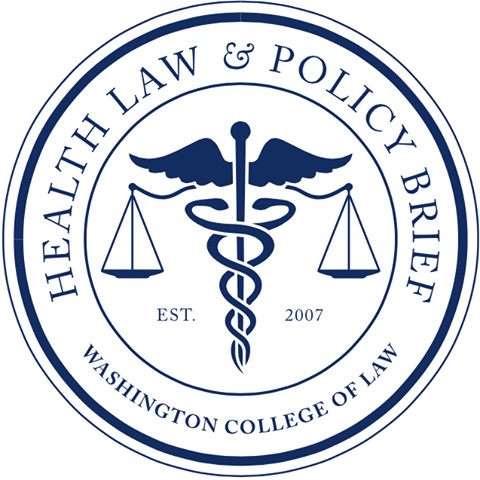Serena Williams is a superstar tennis player and a force to be reckoned with, especially after sharing her harrowing postnatal experience. Williams has a history of pulmonary embolisms, and the day after giving birth to her daughter via C-section, she had trouble breathing and believed she was experiencing a blood clot. After Williams alerted a nurse, the nurse suggested Williams’s pain medication left her confused and instead insisted a doctor perform an ultrasound on her legs. Doctors ignored Williams, who knew she needed a CT scan and heparin drip. This dismissal of Williams’ concerns delayed the discovery of several blood clots in her lungs and a large hematoma in Williams’ abdomen, near her C-section wound; she was placed on six-week’s bedrest following this event. Williams’ deeply upsetting interaction with her doctors is not uncommon for new mothers in the days following childbirth, especially among minority women.
Between 700 and 900 women die yearly from complications stemming from pregnancy and childbirth. For every death, there are a handful of women who suffer life-threatening birth injuries. There is a notable racial disparity in the figures, and black women are seventy-five percent more likely to experience a traumatic birth compared to white women. Traumatic birth experiences often result from obstetric violence, a notion that encompasses disrespectful attitudes from doctors, discrimination from care providers, and lack of consent for treatment. In 2016, the American College of Gynecologists published a committee opinion outlining that a “decisionally capable” woman has the right to refuse certain treatments while she is in labor. Furthermore, the College strongly discouraged “manipulation [and] coercion” to influence a woman’s treatment decision. Although this opinion offers guidance to practitioners, it is not binding, and many women nonetheless face varying forms of obstetric violence.
Obstetric violence is especially severe for women of
color due to the widespread discrimination within the maternity care field. The CDC notes that
Black women in the US are three times more likely to die from childbirth-related issues than white
women. Across the country, the maternal mortality rate has risen to 17.3 maternal deaths per 100,000 births.
The United States is one of only a select handful of
countries where the maternal
mortality rate is worse now than it was 25 years ago.
Anecdotal evidence
from doulas in Milwaukee and Washington, D.C., both cities that support a large
low-income and Black population, reveals how doctors often justify acts of
obstetric violence by feigning paternalistic worry and falsely claiming either
the mother or infant were in danger. Additionally, it is well-established that black women fare worse in pregnancy, and growing evidence points to a low quality of care
in hospitals where black women seek maternal care, which are often found in
highly segregated areas. Research has also indicated that women who deliver in
these hospitals are more
likely to have complications
from birth-related embolisms and hysterectomies. Black women believe their concerns
are not addressed by their healthcare teams; for many women of color, the news of a baby
evokes fear rather than joy because these women know of the alarming trends and
how treatment teams may disregard their wishes and concerns.
In the wake of the CDC and WHO data on obstetric
violence and maternal mortality rates, legislators have signed H.R. 1318/S. 1112,
which supports states to put an end to preventable maternal deaths.
Additionally, Senator Kamala Harris introduced the Maternal Care Access Reducing Emergencies Act meant to promote training programs for healthcare
professionals that would address implicit biased based on stereotypes. Until the
legislation takes effect, organizations like Improving Birth and Birth Monopoly
will continue advocating for women who have faced obstetric violence.
